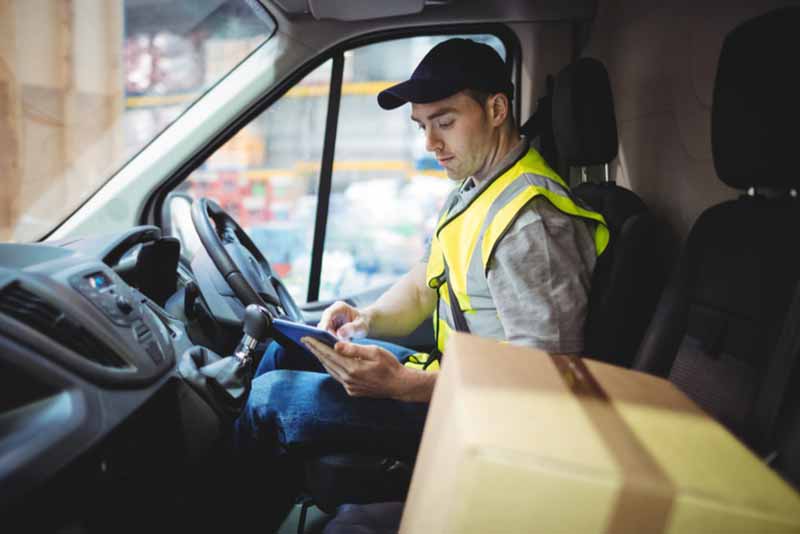How to lower your carbon footprint when driving

Travelling by car, lorry and any other vehicle that burns fossil fuels everyday can have one of the most negative effects on our planet, alongside sending waste to landfill and needlessly using electricity. So, although businesses
can take steps to reduce their environmental impact by encouraging everyone to recycle and switching off lights and electrical appliances when they’re no longer in use, your workforce should also be aiming to lower your carbon
footprint when driving.
Why is this so important? Cars, lorries and other moving vehicles burn fossil fuels, which causes carbon dioxide (a greenhouse gas that’s responsible for global warming) to be released into the air. As a result of global warming,
the polar ice caps are melting and sea levels are rising, which is having a detrimental effect on the world’s habitats.
According to statistics from 2015, 27% of greenhouse gas emissions in the US were from burning fossil fuels. In 2017,
it was also found that 34% of carbon dioxide emissions were from the transport sector.
As well as transport, there are many business sectors that require employees to often be on the road, including the industrial, residential and agricultural sectors. As this is something that can’t be avoided, here are some steps
your workforce can take to lower your carbon footprint when driving…
Install telematics and tachographs to vehicles
Telematics are most commonly used to record the movement of fleet vehicles, as well as for black box insurance (which involves installing a small device in your car to measure how safely you drive to lower your insurance premium).
Because it’s a legal requirement to keep a record of drivers’ activities if your business employ them, you’re likely to already be using telematics, as well as tachographs to track the speed and distance of their journeys.
However, as such devices also track metrics such as acceleration, fuel consumption and CO2 (carbon dioxide) output, you can use this data to determine just how large an impact your business is having on the planet. This will
enable you to streamline your processes and devise strategies to improve the efficiency and sustainability of your fleet.
Switch to hybrid and electric vehicles
Like conventional vehicles that use a gasoline or diesel-powered engine, electric cars and vans run off an electric motor, which is powered by electric batteries that need to be charged through an electrical supply. According to researchers,
electric cars emit 50% less greenhouse gases than diesel-fuelled models. Conventional hybrid cars, however, use fuel like regular cars because they have a conventional engine, but they also use an electric motor and battery (which
is charged by the conventional engine). Though electric vehicles have zero-emissions and are more eco-friendly than hybrid vehicles, hybrids still emit less CO2 than cars and vans with a gasoline or diesel engine. So, to reduce
your carbon footprint when driving, your business should consider making the switch to electric or hybrid if possible!
Reduce the number of required road journeys
One of the simplest and most cost-effective ways for your organisation to reduce its CO2 emissions is by cutting down on the number of journeys your fleet makes to and from your sites. Though this may seem like a tricky task if
you have multiple premises, or you’re frequently required to travel to clients’ sites to deliver your products and services, you can keep a record of the journeys needing to be made by your workforce to see if any of these
can be combined into one journey. Additionally, you can utilise video calling software (such as Skype) to reduce the amount of in-person meetings, and when it comes to your employees travelling to and from work, Morgan Lovell advises encouraging “the use of public transport, bike, or car pooling.”
To further reduce your business’s environmental impact, using a waste baler or compactor from phs Wastekit will make it easier to recycle by separating your cardboard, paper, metals, and plastic waste. It will also prevent mess on your premises, and enable you to reduce the cost of your waste disposal!
To find out more, contact phs Wastekit today.